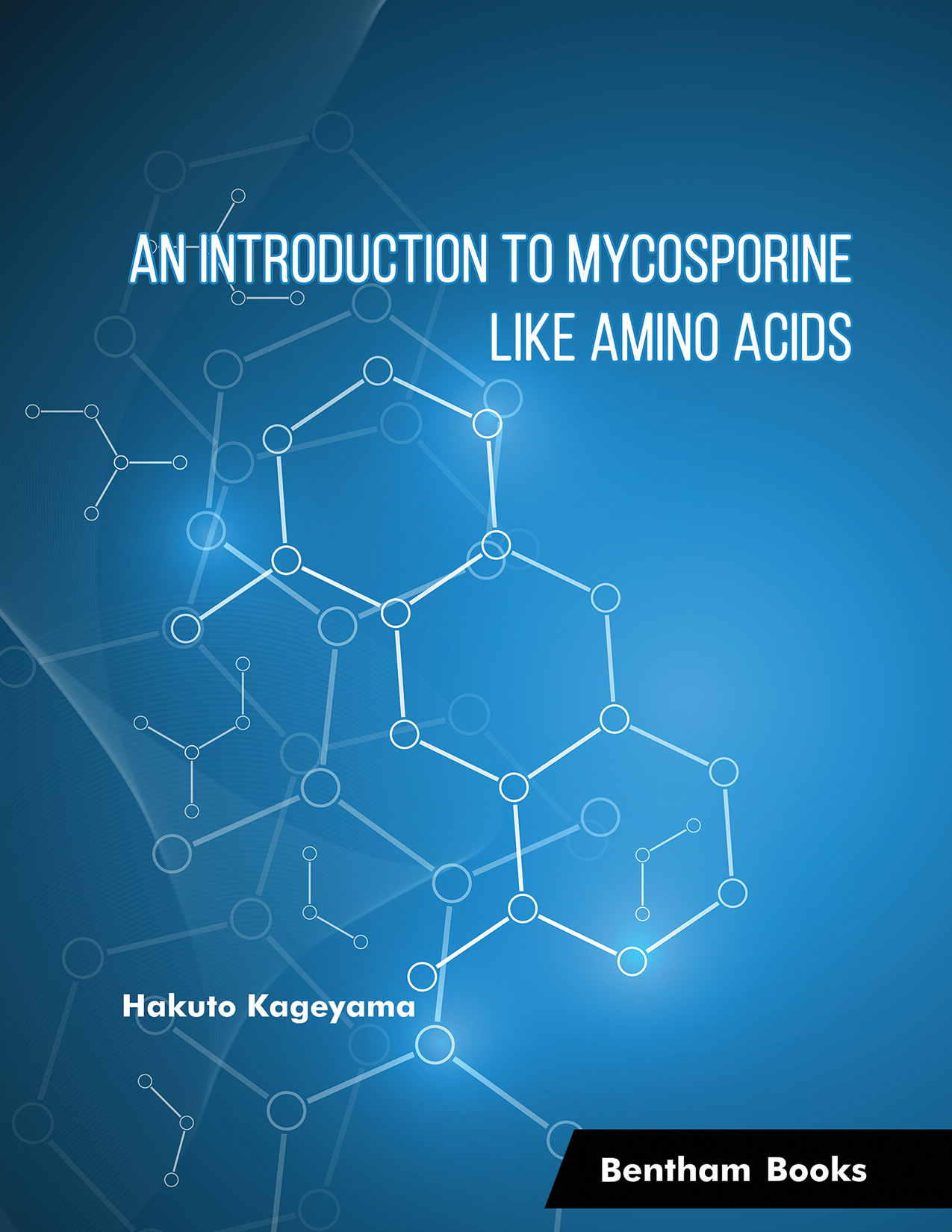Introduction
Mycosporine-like amino acids (MAAs), have the property of absorbing ultraviolet rays, and are widely used as active ingredients in cosmetics such as sunscreens. They also have many bioactive properties that make them an attractive ingredient for pharmaceuticals and functional food.
This book summarizes information about the molecular structures, activities and applications of mycosporine-like amino acids (MAAs). It aims to be an introductory book for undergraduate and graduate students in applied sciences, or as a handbook for researchers in pharmaceutical chemistry and cosmetics.
Key features
- 11 structured chapters covering the biochemistry of MAAs
- Introduces readers to biochemical and synthetic pathways of MAAs
- Presents information on many bioactive properties of MAAs including helioprotective, anti-inflammatory, antioxidant and anti-collagenase effects
- Simple, clear explanations for learners
- Academic and scholarly references for advanced readers
- Illustrated appendices
Audience
undergraduates and graduates in applied courses in pharmaceutical chemistry and cosmetic sciences; industry researchers

